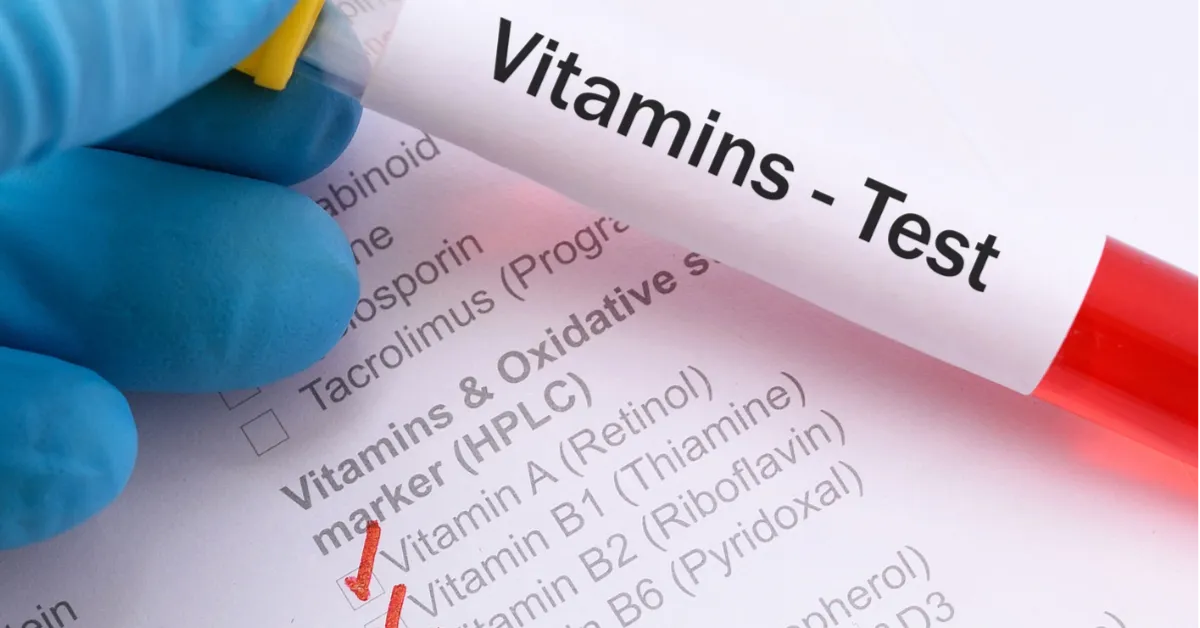Codex CAC/GL 99 Risk Assessment for Vitamin Fortification
The Codex Alimentarius Commission's Guideline for the Fortification of Foods with Vitamins (CAC/GL 99) is a critical document that provides guidance on the safe and effective addition of vitamins to food products. This guideline aims to ensure that fortification practices are scientifically sound, nutritionally balanced, and protect public health. Compliance with CAC/GL 99 is essential for manufacturers, especially those involved in vitamin fortification, as it helps avoid potential risks associated with over- or under-fortification.
The risk assessment process outlined in CAC/GL 99 involves several steps that are designed to evaluate the safety and efficacy of vitamin fortification. These steps include:
- Identification of the target population
- Evaluation of nutrient needs based on age, gender, pregnancy status, etc.
- Determination of dietary sources and fortification levels
- Risk assessment, including potential benefits and risks
- Establishment of monitoring mechanisms to ensure ongoing safety and efficacy
The process is designed to be iterative, allowing for adjustments based on new scientific evidence or changes in consumer needs. Compliance with CAC/GL 99 not only ensures product safety but also enhances the reputation of manufacturers by demonstrating commitment to public health.
Our laboratory specializes in providing comprehensive Codex CAC/GL 99 risk assessments for vitamin fortification, ensuring that our clients meet all regulatory requirements and industry best practices. Our team of experts uses state-of-the-art equipment and follows international standards such as ISO 17025 to deliver accurate and reliable results.
The following table highlights the key steps involved in a Codex CAC/GL 99 risk assessment:
| Step | Description |
|---|---|
| Identification of the target population | Determination of the specific groups that will consume the fortified product. |
| Evaluation of nutrient needs | Analysis of dietary intake and requirements for each target group. |
| Determination of dietary sources and fortification levels | Selection of appropriate vitamin forms and dosage based on nutritional adequacy. |
| Risk assessment, including potential benefits and risks | Evaluation of the health effects of both beneficial and adverse impacts of fortification. |
| Establishment of monitoring mechanisms | Implementation of systems to track and address any issues that arise post-fortification. |
In addition to the above, we offer a range of services tailored to meet your specific needs. Our team can assist with:
- Preparation of vitamin fortification proposals
- Conducting nutritional impact assessments
- Development of monitoring and evaluation plans
- Training on regulatory compliance for vitamin fortification
We also provide detailed reports that include recommendations to ensure the safe and effective implementation of vitamin fortification. These reports are designed to be easy-to-understand, providing clear guidance for your organization.
Industry Applications
The Codex CAC/GL 99 risk assessment process is applicable across various sectors within the food and feed industry, including:
- Micronutrient fortification of staple foods in developing countries
- Vitamin supplementation in infant formulae
- Fortification of dairy products to enhance calcium intake
- Enhancement of vitamin levels in animal feeds for improved growth and health
The application of this risk assessment process ensures that fortified products meet the necessary nutritional standards, thereby promoting better nutrition and public health.
| Vitamin Fortification Application | Risk Assessment Focus |
|---|---|
| Fortification of staple foods in developing countries | Evaluation of micronutrient deficiencies and their impact on public health. |
| Vitamin supplementation in infant formulae | Ensuring adequate vitamin levels to support early development. |
| Fortification of dairy products for calcium intake | Avoiding excessive fortification that could lead to adverse effects. |
| Enhancement of vitamin levels in animal feeds | Maintaining balance between nutrition and health benefits. |
The risk assessment process is critical for ensuring the safety and efficacy of vitamin fortification, especially when dealing with sensitive populations such as infants, pregnant women, and elderly individuals. By following CAC/GL 99 guidelines, food manufacturers can contribute to global health initiatives while maintaining regulatory compliance.
Environmental and Sustainability Contributions
The Codex CAC/GL 99 risk assessment process not only ensures the safety of fortified products but also plays a role in promoting environmental sustainability. By optimizing vitamin fortification, manufacturers can reduce waste and maximize resource efficiency.
- Reducing food waste: Proper fortification helps ensure that nutrients are delivered effectively, minimizing the need for additional processing or rework.
- Maximizing resource efficiency: By ensuring accurate dosages of vitamins, manufacturers can avoid overuse of resources and reduce environmental impact.
The risk assessment process also encourages the use of sustainable practices in vitamin fortification. For instance, sourcing vitamins from renewable or recycled materials can help minimize the carbon footprint associated with production.
Our laboratory supports these efforts by providing detailed reports that outline the environmental benefits of our clients' products. These reports are designed to demonstrate compliance with international standards and promote transparency in sustainability practices.
Use Cases and Application Examples
The Codex CAC/GL 99 risk assessment process is used by various stakeholders, including manufacturers, regulatory bodies, and NGOs. Here are some specific use cases:
- Manufacturers: Ensure compliance with international standards and maintain a good reputation.
- Regulatory Bodies: Verify the safety of fortified products before market release.
- NGOs: Promote public health initiatives by supporting micronutrient fortification programs.
| Use Case | Description |
|---|---|
| Fortification of staple foods in developing countries | Evaluating the nutritional impact and safety of adding vitamins to basic food products. |
| Vitamin supplementation in infant formulae | Determining appropriate vitamin levels to support healthy development. |
| Fortification of dairy products for calcium intake | Maintaining balanced nutrition without causing adverse health effects. |
| Enhancement of vitamin levels in animal feeds | Achieving optimal growth and health while minimizing resource usage. |
The Codex CAC/GL 99 risk assessment process is a critical tool for ensuring the safe and effective fortification of food products. By following this process, stakeholders can contribute to global health initiatives while maintaining regulatory compliance and promoting environmental sustainability.





